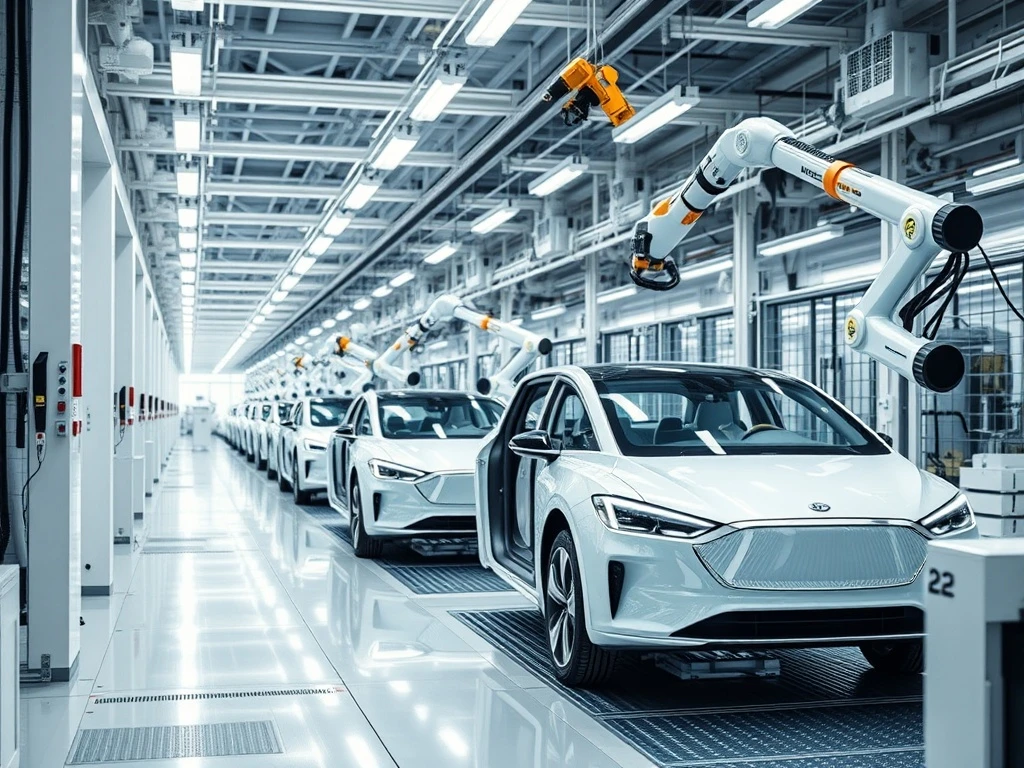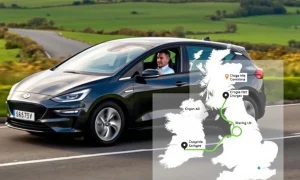The automotive industry stands at a historic crossroads as electric vehicles force manufacturers to completely reimagine their production processes. Traditional assembly lines, perfected over a century, now face obsolescence. Consequently, companies like Ford must pioneer new manufacturing approaches. This transformation represents the most significant shift in automotive production since Henry Ford’s moving assembly line.
The Urgent Need for EV Assembly Line Innovation
Electric vehicles demand fundamentally different manufacturing techniques. Traditional internal combustion engine production cannot efficiently accommodate battery packs and electric motors. Automakers must therefore invest heavily in new equipment and processes. This transition requires massive capital expenditure and workforce retraining. Moreover, the pace of change accelerates constantly.
Key Challenges in Modern Assembly Line Development
Several critical factors complicate the transition to electric vehicle production. Battery manufacturing presents unique technical hurdles. Additionally, supply chain logistics differ significantly from traditional automotive parts. The industry also faces skilled labor shortages for new technologies. Furthermore, sustainability requirements add another layer of complexity.
Ford’s Strategic Approach to Manufacturing Transformation
Ford has committed $50 billion to electric vehicle development through 2026. The company plans to produce 2 million EVs annually by that time. Their new BlueOval City complex represents a $5.6 billion investment. This facility will incorporate advanced automation and renewable energy. It aims to set new standards for efficient EV production.
Competitive Landscape in Automotive Manufacturing
Traditional automakers face intense competition from Tesla and new entrants. Tesla’s gigafactories demonstrate vertically integrated production advantages. Legacy manufacturers must catch up quickly or risk market share erosion. Partnerships with battery manufacturers and tech companies become increasingly important. The race for manufacturing supremacy intensifies daily.
Technological Innovations Shaping Future Production
Several emerging technologies promise to revolutionize automotive manufacturing. Artificial intelligence optimizes production efficiency and quality control. Robotics enable more flexible assembly processes. 3D printing allows rapid prototyping and custom parts production. Digital twin technology simulates and improves manufacturing systems before implementation.
Workforce Transformation and Skills Development
The shift to electric vehicles requires massive workforce retraining programs. Traditional mechanical skills must evolve toward electrical and software competencies. Automakers partner with technical schools and universities to develop new curricula. UAW and other unions negotiate protection for displaced workers. This transition affects hundreds of thousands of employees across the industry.
Environmental and Sustainability Considerations
EV manufacturing must address its own environmental footprint. Companies focus on reducing water and energy consumption in production facilities. Recycling programs for batteries and production waste gain importance. Carbon-neutral manufacturing becomes a competitive differentiator. Sustainable sourcing of materials presents ongoing challenges.
Global Supply Chain Implications
Electric vehicle production creates new supply chain dependencies. Battery materials sourcing concentrates in specific geographic regions. Semiconductor shortages highlighted vulnerability in electronic components supply. Companies diversify sourcing to mitigate geopolitical risks. Localizing production becomes increasingly strategic.
Financial Investment Requirements and Returns
The transition to EV manufacturing requires unprecedented capital investment. Companies balance R&D spending with current profitability. Investors monitor progress toward electric vehicle production targets. Government incentives and subsidies play crucial roles in funding transformation. The payoff timeline extends several years into the future.
Regulatory Framework and Policy Support
Government policies significantly influence manufacturing transition pace. Emission regulations drive electric vehicle adoption timelines. Tax incentives support consumer adoption and manufacturing investment. Trade policies affect component sourcing and finished vehicle tariffs. International standards harmonization facilitates global production strategies.
Future Outlook and Industry Projections
Industry analysts project complete transformation within 10-15 years. Early movers gain significant competitive advantages. Manufacturing efficiency will determine profitability in the EV market. Continuous innovation remains essential for long-term success. The automotive landscape will look fundamentally different by 2035.
FAQs
What makes EV manufacturing different from traditional auto production?
Electric vehicle manufacturing requires different assembly processes, specialized equipment for battery installation, and advanced electronics integration compared to traditional combustion engine production.
How much are automakers investing in EV production facilities?
Major automakers are investing hundreds of billions collectively, with Ford alone committing $50 billion through 2026 for electric vehicle development and production infrastructure.
What are the biggest challenges in transitioning to EV manufacturing?
The primary challenges include retooling factories, developing new supply chains, training workers for new skills, and managing the enormous capital requirements while maintaining current production.
How does Tesla’s manufacturing approach differ from traditional automakers?
Tesla uses more vertical integration, newer facilities designed specifically for EVs, and highly automated processes compared to legacy manufacturers adapting existing infrastructure.
What role does government policy play in manufacturing transition?
Government emissions regulations, purchase incentives, manufacturing subsidies, and infrastructure investments significantly accelerate the transition timeline and reduce financial risks for automakers.
How long will the complete transition to EV manufacturing take?
Industry experts estimate most major automakers will complete their manufacturing transformation within 10-15 years, though some facilities may continue hybrid production during the transition period.














